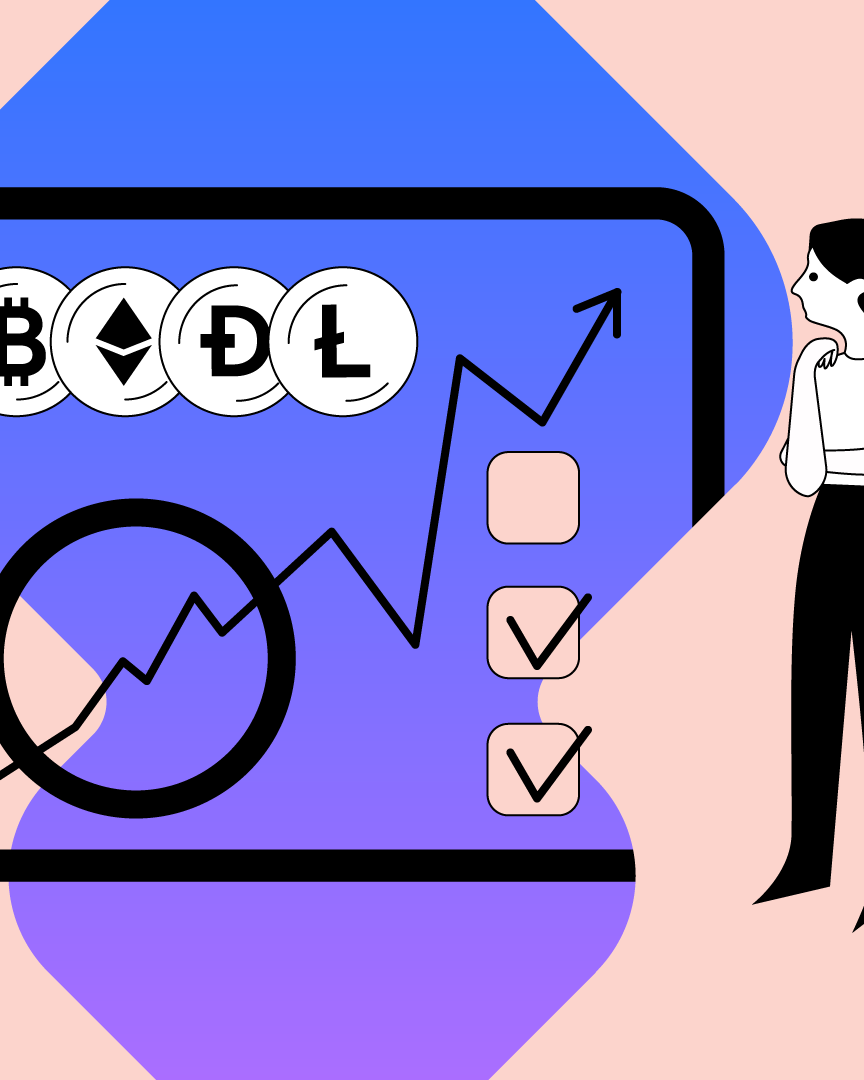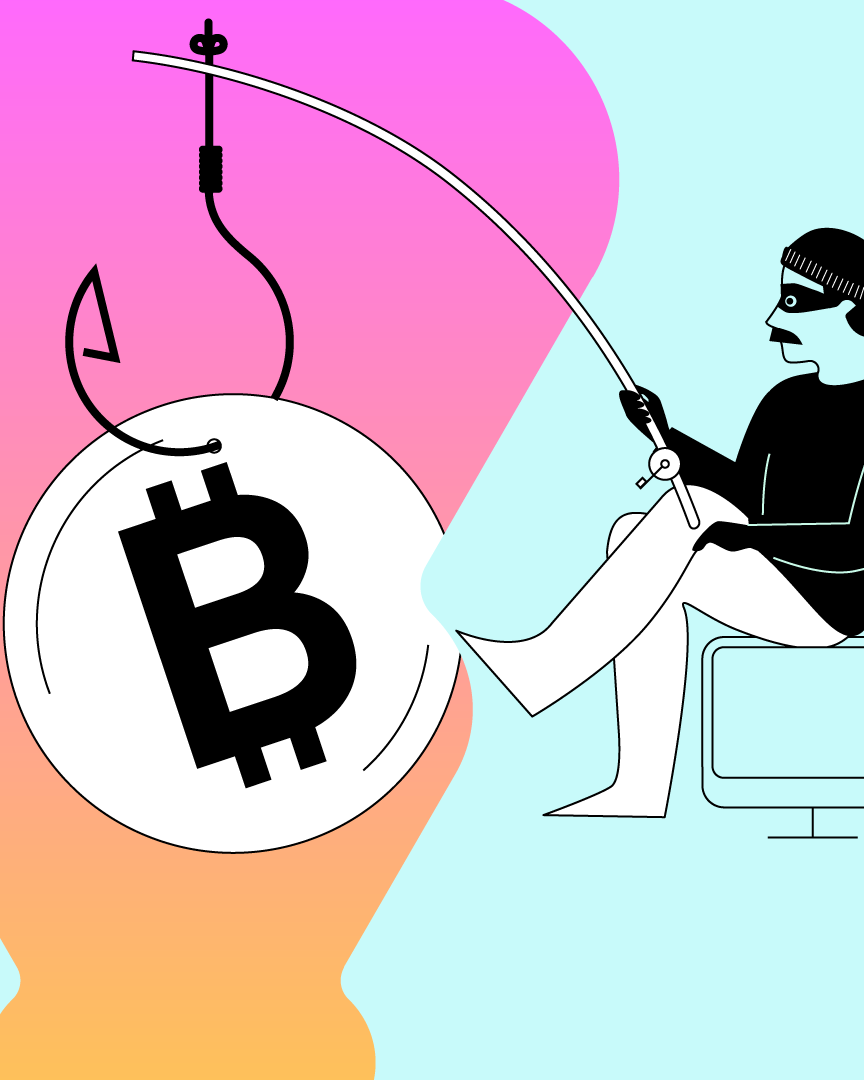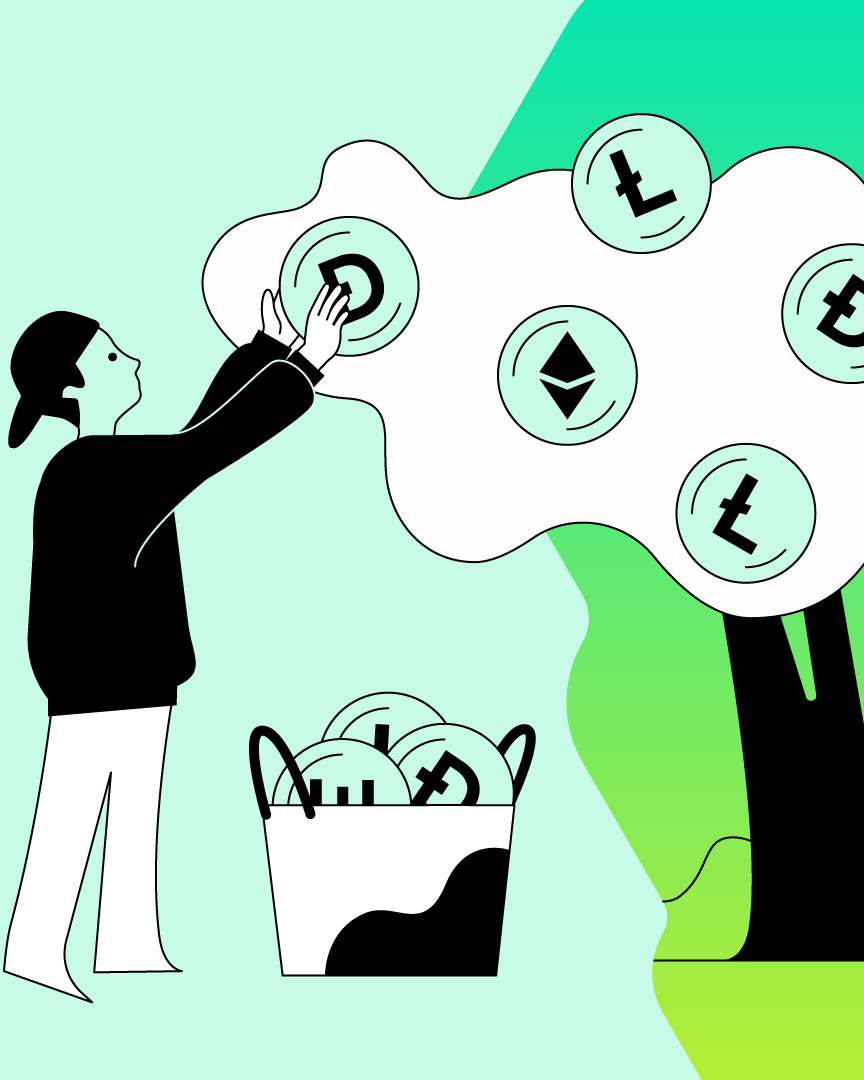1.06 Understanding crypto wallet terms
In this lesson, we take a deep dive into crypto wallet terms like public and private keys, wallet address, and seed phrase.

We understand how crypto words like private keys and a seed phrase can sound like mumble-jumble to a beginner. Let’s try to understand in the most simplified way.
Imagine your crypto wallet as a home. Every home has an address and a key to unlock the main door. Crypto wallet also has a wallet address, public key, and private key. If someone wants to send a postcard to your home, they need to know your home address to send it. Similarly, if someone wants to send cryptocurrencies to your wallet, they need to know your public key.
Whereas a private key represents the key that unlocks your home. Only you should have access to your private key.
In this lesson, we take a deep dive into crypto wallet terms like public and private keys, wallet address, and seed phrase.
Contents
- What are public and private keys?
- What is a wallet address?
- What is a seed phrase?
What are public and private keys?
There are two types of keys to your crypto wallets. Let us take another analogy. If we compare your crypto wallet to a bank account, the public key is similar to a bank account number. It can be shared with anyone to receive funds. The private key is similar to a PIN or verification code. You are not supposed to share it with anyone.
A public key is a cryptographic code that enables users to receive messages, coins, and tokens but not for sending them. It is a large string of alphanumeric code and is used to encrypt the data.
You can share your public key with anyone to receive cryptocurrencies into your wallets. Public keys are stored in a public key infrastructure server. They are used to encrypt the data securely before it is sent over the internet.
A private key is also a large alphanumeric code to make it hard to hack the data. It is also known as the secret key used for authentication and decryption. You can access your cryptocurrencies using a private key.
Public and private keys come in pairs. They have a one-way relationship. A private key can generate the public key but not vice versa.
If a public key is used to encrypt the data, the private key is used to decrypt the same. If you lose the private key, you will lose access to your crypto wallet.
What is a wallet address?
It is easy to think that your wallet address and public key are the same as both can be shared to receive funds. But, they are quite different. Let us see what exactly a wallet address is.
A crypto wallet address is a randomly generated set of numbers and letters. It is a single, unique number. Similar to public keys, you can share your wallet address to receive funds.
By using cryptographic functions, your public key generates a wallet address. The wallet address is a shortened version of public keys to make it easier to send as an address. This is also a one-way relationship. Your wallet address cannot produce the public key.
What is a seed phrase?
Whenever you want to access your funds or send them to someone, entering your long-form private key is relatively complex. So, a human-readable format was developed to extract private keys.
A seed phrase is a series of 12 to 24 readable words generated by the crypto wallet to access funds. This is the master password of your crypto wallet. You can access all your funds in the wallet as long as you have a seed phrase.
If you lose your wallet, the seed phrase will help you to recover it. When you first set up your crypto wallet, you need to back up a copy of the seed phrase. Similar to private keys, you need to keep your seed phrase a secret.
Seed phrases can also be called mnemonic phrases, mnemonic code words, mnemonic seeds, seed words, backup seeds, recovery phrases, etc. You can derive a private key by using your seed phrase.
Here’s how a seed phrase can look like:
Army-Girl-Energy-Stream-Fish-Guitar-Guardian-Rude-Tree-Opera-Tennis-Trends
In summary, a seed phrase derives a private key. The private key derives the corresponding public key. The public key generates the corresponding wallet address. Moreover, all of this is a one-way process.
We hope this lesson helps you understand the terms related to a crypto wallet.
DISCLAIMER
This material does not constitute investment advice, nor is it an offer or solicitation to purchase any cryptocurrency assets.
This material is for general informational and educational purposes only and, to that extent, makes no warranty as to, nor should it be construed as such, regarding the reliability, accuracy, completeness or correctness of the materials or opinions contained herein.
Certain statements in this educational material may relate to future expectations that are based on our current views and assumptions and involve uncertainties that could cause actual results, performance or events to differ from those statements.
BB Trade Estonia OU and its representatives and those working directly or indirectly with BB Trade Estonia OU do not accept any liability arising from this article.
Please note that investing in cryptocurrency assets carries risks in addition to the opportunities described above.





















